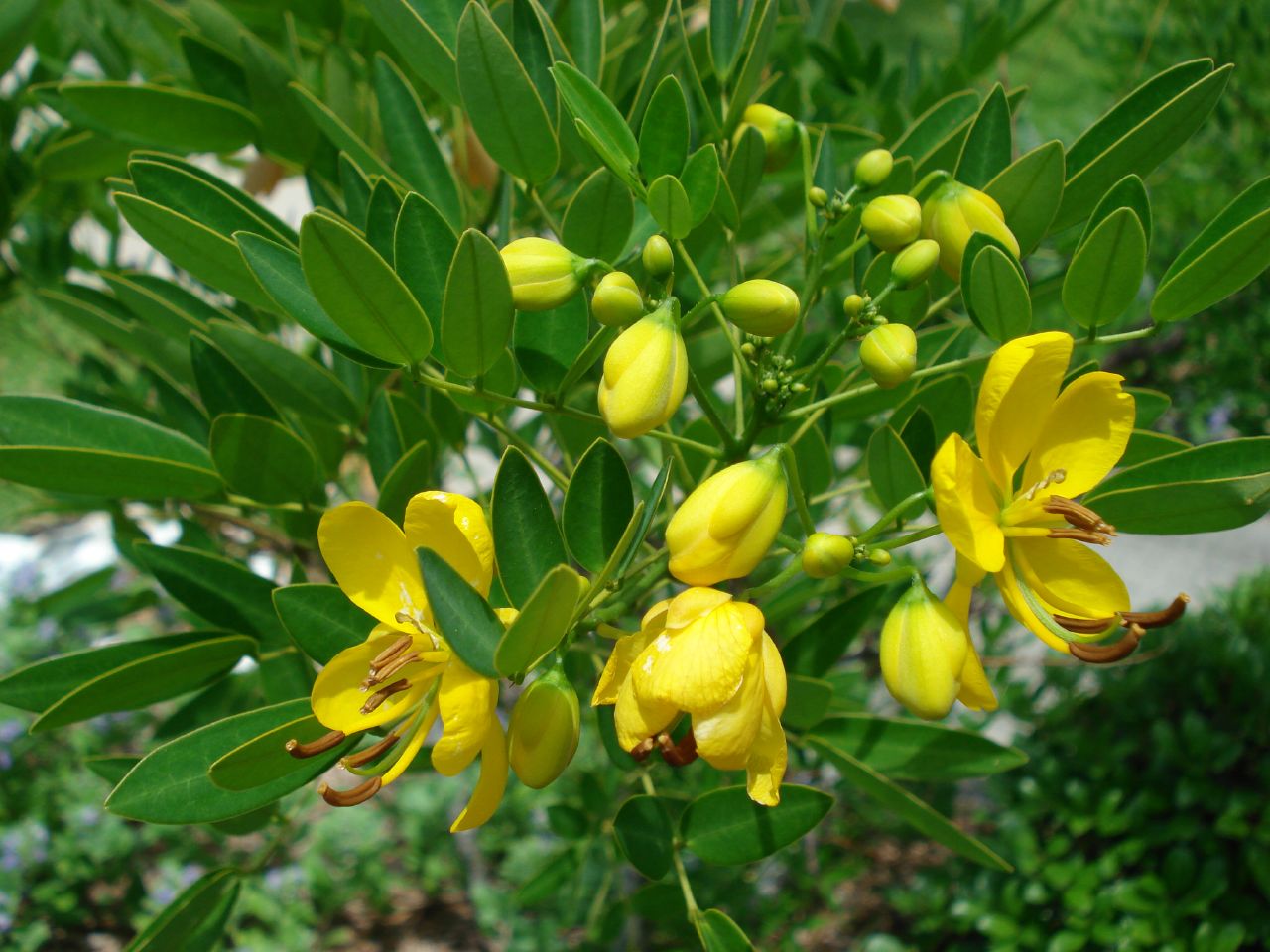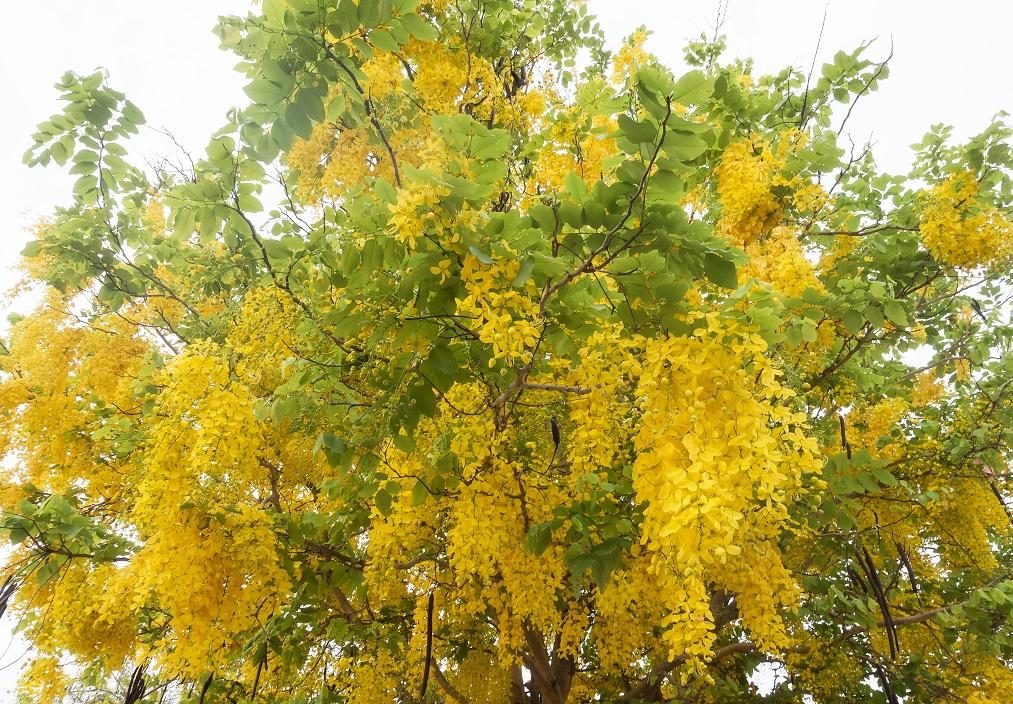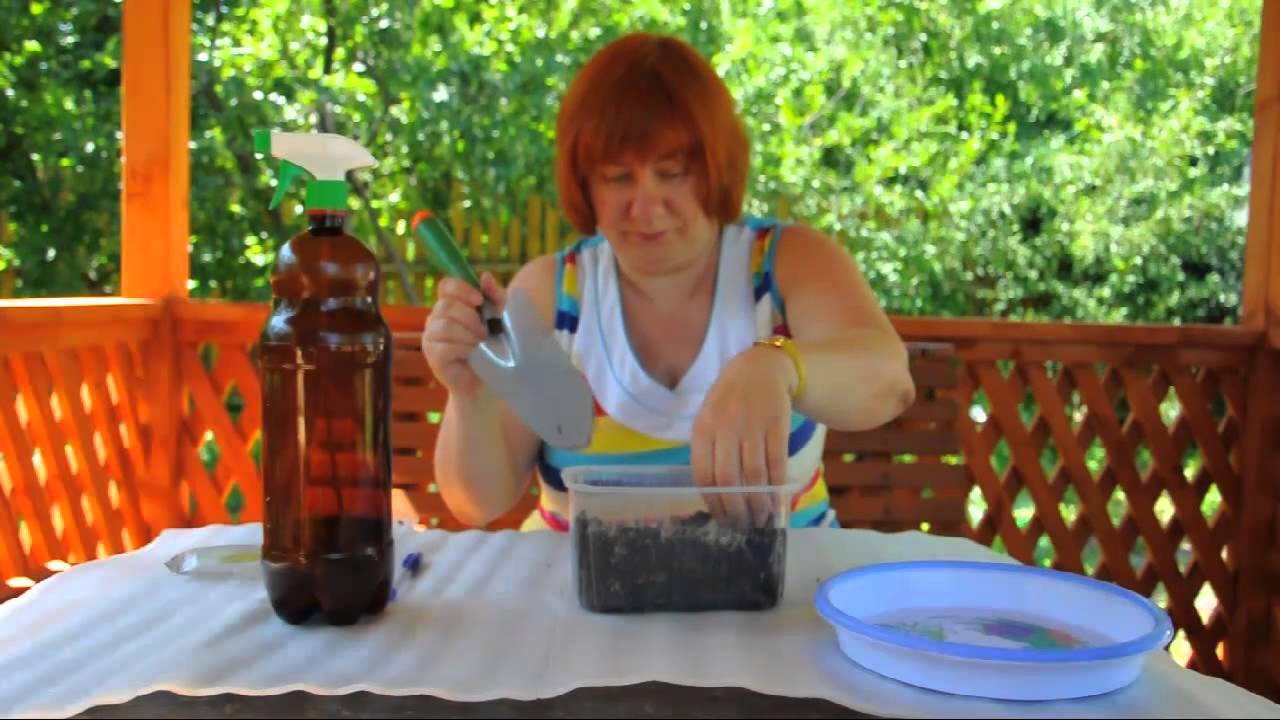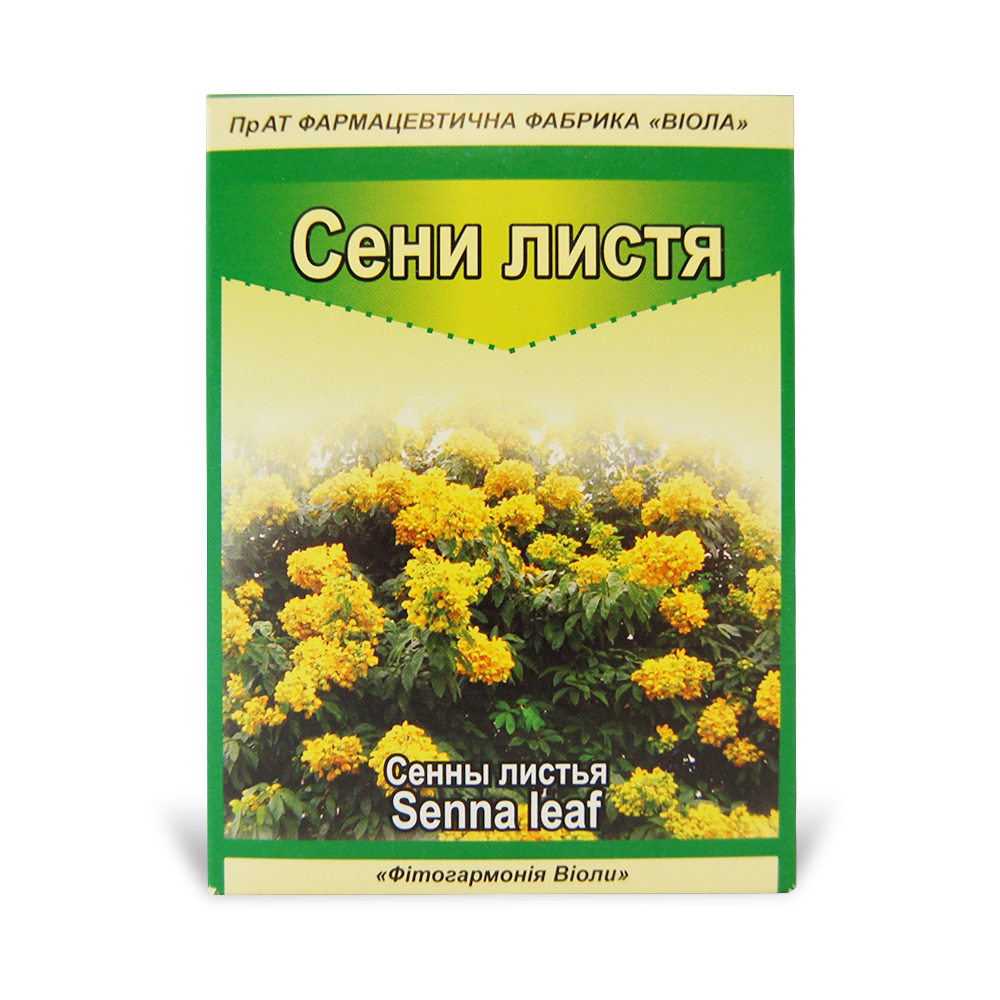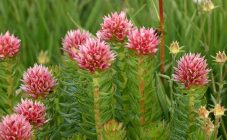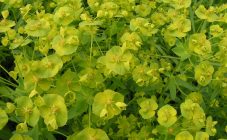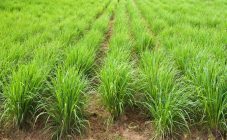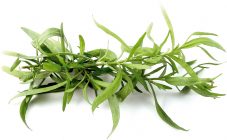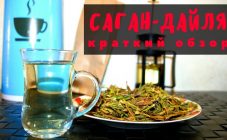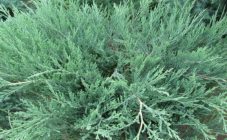Content:
The senna plant is also known under the names cassia acutifolia or cassia alexandrian. However, the culture received its most common name "Senna" from the Arabs, in whose language there is the word "sana". In ancient times, they were called medicinal raw materials exported from Alexandria, therefore the culture is often now called "Alexandrian leaf" or "Alexandrian pod".
general information
Since the birthplace of culture is not only Africa, but also Asia, in another part of the world senna got its Chinese name - Jue Ming Zi, or simply "Chinese grass".
Today, Chinese people use cassia beans everywhere. It is believed that the senna plant is especially useful for those people who spend a lot of time at work at the computer and lead an inactive lifestyle, because senna herb helps to reduce eye fatigue and strain.
It is thanks to its many beneficial qualities that senna herb is a popular folk and pharmaceutical remedy for the treatment of a wide variety of diseases.
The culture of Cassia, to which Senna belongs, has other varieties:
- Cassia Fistula or Cassia Tubular. Distributed in India, southern Pakistan and Sri Lanka. And in Thailand, the flower of this tree is a national symbol. Both the inhabitants of the African continent and the inhabitants of South America are trying to cultivate it. The plant is tree-like in shape (up to 10-20 m in height) with bright yellow flowers that form long inflorescences with a brush (about 20-40 cm). The fruits are brown-black, cylindrical in shape, and, as a rule, they do not open. The decoction from the beans of this tree is used as a laxative, to cleanse the intestines and to relieve constipation.
- Cassia Hippophallus or Cassia Hippophales. You can find this variety only in Madagascar and only in wooded areas at altitudes of 0-499 m.The shrub stretches up to 20 m in height, with a trunk diameter of 50 cm.The tree bark is pale gray, and the leaves are arranged in a spiral of 13-20 pairs of plates and have short hairs. Flowers gather in large panicles and have almost regular outlines. They are yellow in color. When the fruit ripens, cylindrical beans are obtained, the pod reaches 3 cm in width and up to 20 cm in length. Despite the fact that they have also proven themselves well as a laxative, for the inhabitants of Madagascar, the cassia wood itself is of great value, used as a building material.
- Cassia Eremopita or Cassia Eremophila. Found in the deserts of Australia, as well as in the subtropics of the southern hemisphere. This is a small tree or more often a shrub up to 2 m tall with a rounded crown. It is characterized by a very high growth rate. The leaves are narrow and very small, and under too bad conditions can shrink to the appearance of needles. When blooming, it is dotted with abundant buds of bright yellow color with a moth shape. When ripe, the beans resemble acacia fruits.
Since cassia is holly or senna is the most widespread and is used everywhere, it is worth dwelling on it in more detail.
Description of the plant
Senna is a shrub or semi-shrub of small height, not exceeding 1 m. Senna grass is a typical perennial.
The root system is sparsely branched and goes deep into the soil. Plates of leaves go alternately. Paired leaflets have about 4-8 pairs of leaflets. Senna leaves are lanceolate in shape, pointed to the top and have a solid edge. On the axis, the leaves are attached with short petioles.
Senna grass is traditionally characterized by yellowish flowers (but sometimes they are white or pink), irregular in shape. They all gather in a racemose inflorescence. It also has fruits - mesh beans of a dark brown tone. Senna fruits are formed angular-heart-shaped, with a flat outline and a slightly wrinkled surface. In size, they are about 2.5 cm wide and up to 5 cm long.
How to grow senna
Gardeners prefer to propagate and grow senna by seed. To do this, you must first soak the seeds for 2-3 hours in warm water. After that, you can already sow them in the ground. The culture loves light soil, which contains a lot of peat. Heavy soils will not work for senna.
After senna has shown the first 2-4 pairs of leaves, it needs to be transplanted either into a pot or into open ground if the region is warm. In its permanent place, the plant begins to grow actively and develops very quickly.
Plant diseases and pests
Fungal diseases such as cladosporiasis and cercosporiasis can be a threat to senna in too cold conditions and excessive moisture.
Of the pests, the following are capable of parasitizing on culture: aphids, leafworms and worms.
Benefits of Senna Herb
The plant is widely used in herbal preparations and can be easily found in pharmacies.
Using senna herb you can:
- Eliminate constipation and cleanse the body. Due to its strong laxative effect, the herb acts on the bowel function, allows the stool to soften, and as a result, purification occurs. Even in official medicine, it is often advised to take it in the form of a decoction or tea for severe cases of constipation.
- Normalize the liver and gallbladder. With the intake of senna, there is an outflow of bile and cleansing the body of toxins and toxins.
- Help in losing weight. The plant does not directly lead to weight loss, but due to its ability to cleanse the body, speed up metabolism and remove excess fluid, it will help the body to do this on its own. In addition, the burden on the kidneys is significantly reduced, which helps them to function better.
- Remove stones and sand from the urinary system.
Senna herb: instructions for use
Pour 1.5-2 tsp into enameled dishes. raw materials and pour 200 ml of boiling water. Close tightly and let it brew on a steam bath for at least 30 minutes. Then remove from heat and wait for complete cooling. Only after that, the mixture is filtered, and the resulting volume is brought to 200 ml with boiled water.
Adults take a decoction warm in 1/3 or 1/2 cup at night. As an option, it allows the use of 1 tbsp.l., but 2-3 times a day.
The resulting broth is stored for no more than 2 days at a temperature of +8 to + 15 ° C. It is better to consult a doctor about the duration of treatment.
Contraindications for use
- The plant should not be used by people with exacerbation of pathologies in the intestines, prone to diarrhea, and with inflammation of the gastrointestinal tract.
- It is also not recommended to use the product for pregnant or lactating women.
- Senna herb is contraindicated in young children (under 6 years old).
How to collect and harvest senna grass
Basically, the leaves of the culture are taken for treatment. You can start collecting them only after they are fully developed. Then they are torn from the stem, and left to dry in a well-ventilated area. Collection time starts in August. During the whole season, it is sometimes possible to collect the grass three times.
The fruits are also picked after final ripening and dried in a dry place.
The collected and prepared raw materials can be stored for no more than 2 years.
Among the people, herbal medicines are becoming more and more popular. The effectiveness of senna herb has long been known, there is no doubt. Of course, like any other drug, senna must be used with caution. Only in this case will a positive effect be achieved.
